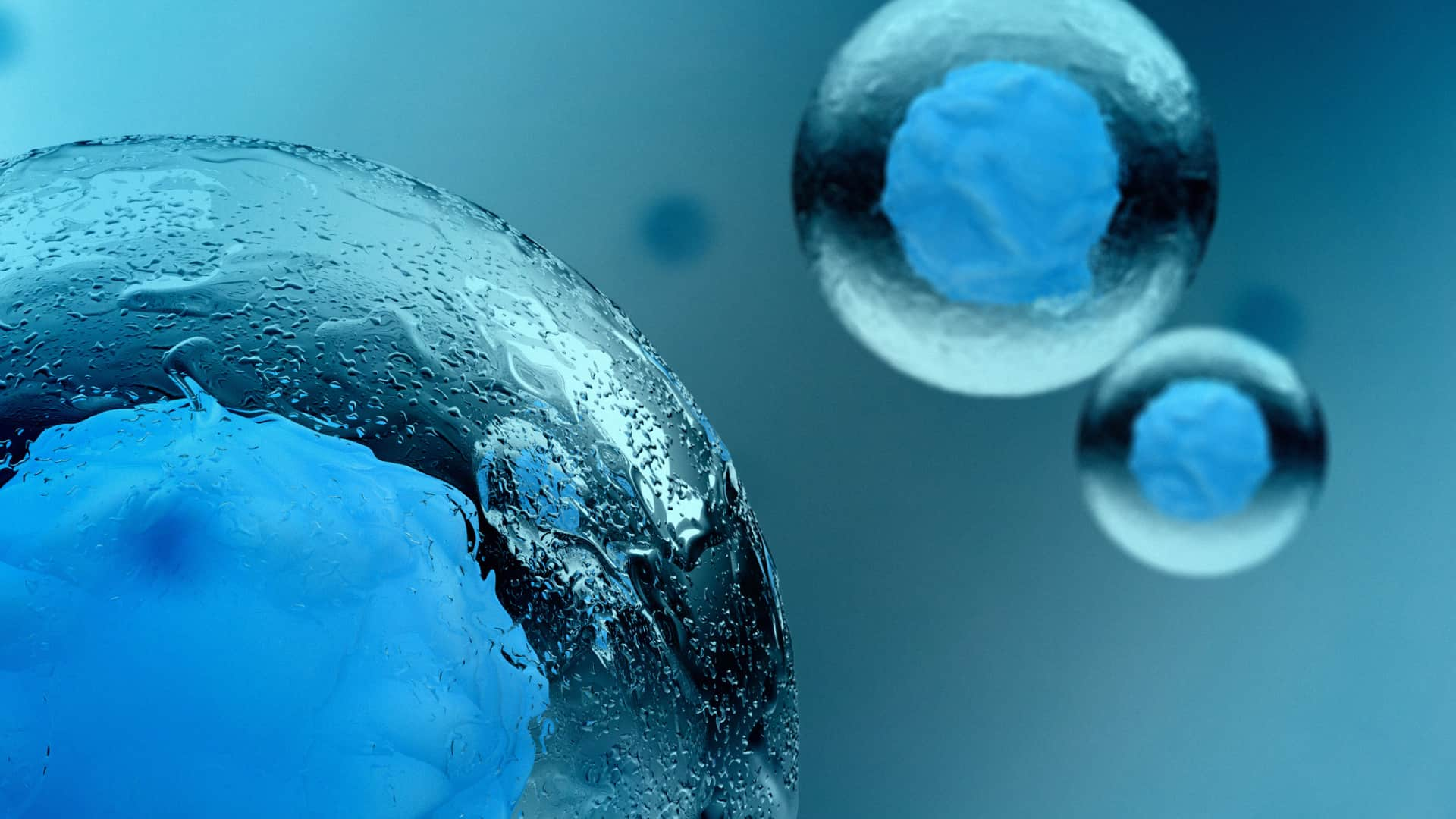White Peony (Paeonia lactiflora) Root Extract
COMMON NAME
White Peony | Chinese Peony | Radix Paeoniae Alba | Bai Shao
TOP BENEFITS OF WHITE PEONY
Support brain function*
Supports sleep*
WHAT IS WHITE PEONY?
The peeled roots of white peony (Paeonia lactiflora) are one of the most common herbs used in Traditional Chinese Medicine, where some of its uses included supporting sleep, emotional stability, mental focus, and immunity. It is one of the four herbs in a TCM herbal formula called Si Ni San, which is used to support sleep quality and help with mental fatigue. White peony root contains a compound called paeoniflorin [1] that in preclinical research influences adenosine signaling—a molecule involved in the sleep homeostatic drive. Preclinical research has also reported that paeoniflorin supports brain protection and repair processes and molecules (such as BDNF and NGF), counters chronic stress, influences learning, and promotes a balanced mood.*
NEUROHACKER’S WHITE PEONY SOURCING
White peony root extract is standardized to contain not less than 10% paeoniflorin, since this compound is the most researched of white peony root’s unique compounds and is used as the marker compound for standardization.
White peony root extract is Non-GMO and Vegan.
WHITE PEONY FORMULATING PRINCIPLES AND RATIONALE
One of our dosing principles is to determine whether there is a range in which many of the benefits occur and above which there appears to be diminishing returns (i.e., a threshold), and to provide a serving within this threshold range (see Neurohacker Dosing Principles). We consider the amount of paeoniflorin in a white peony root extract to be the critical factor when determining the serving of an extract to use. Only low-to-moderate amounts of white peony are typically needed when paeoniflorin content is more concentrated.*
WHITE PEONY KEY MECHANISMS
Supports healthy stress responses*
Supports healthy behavioral and physiological responses to stress* [2–10]
Supports stress hormone levels* [5,10,11]
Supports brain function*
Supports sleep* [12–14]
Supports adenosine signaling* [12,13,15,16]
Supports acetylcholine signaling* [17]
Supports serotonin levels* [3,5,10]
Supports brain-derived neurotrophic factor (BDNF) levels* [4,8,9,18]
Supports brain mitochondrial structure and function* [19]
Supports hippocampal synaptic density* [8,19]
Supports cerebral blood flow* [20]
Supports neuroprotective functions* [15–17,19–25]
Supports neural autophagy* [26]
*These statements have not been evaluated by the Food and Drug Administration. This product is not intended to diagnose, treat, cure, or prevent any disease.
REFERENCES
[1]X. Zhang, Y. Zhai, J. Yuan, Y. Hu, Sci. Rep. 9 (2019) 18469.
[2]J.-B. Yu, Z.-X. Zhao, R. Peng, L.-B. Pan, J. Fu, S.-R. Ma, P. Han, L. Cong, Z.-W. Zhang, L.-X. Sun, J.-D. Jiang, Y. Wang, Front. Pharmacol. 10 (2019) 268.
[3]F. Qiu, X. Zhong, Q. Mao, Z. Huang, Exp. Ther. Med. 5 (2013) 1113–1116.
[4]M.-Z. Hu, A.-R. Wang, Z.-Y. Zhao, X.-Y. Chen, Y.-B. Li, B. Liu, Neurol. Res. 41 (2019) 446–455.
[5]F.-M. Qiu, X.-M. Zhong, Q.-Q. Mao, Z. Huang, Neurosci. Lett. 541 (2013) 209–213.
[6]J. Li, S. Huang, W. Huang, W. Wang, G. Wen, L. Gao, X. Fu, M. Wang, W. Liang, H.Y. Kwan, X. Zhao, Z. Lv, Oncotarget 8 (2017) 8264–8282.
[7]S. Wang, X. Zhao, Z. Qiao, X. Jia, Y. Qi, Biomed. Pharmacother. 103 (2018) 248–252.
[8]S.-C. Liu, W.-Y. Hu, W.-Y. Zhang, L. Yang, Y. Li, Z.-C. Xiao, M. Zhang, Z.-Y. He, Psychopharmacology 236 (2019) 2823–2834.
[9]L.-B. Chen, F.-M. Qiu, X.-M. Zhong, C. Hong, Z. Huang, J. Integr. Neurosci. 18 (2019) 43–49.
[10]Z.-K. Qiu, J.-L. He, X. Liu, J. Zeng, W. Xiao, Q.-H. Fan, X.-M. Chai, W.-H. Ye, J.-S. Chen, Metab. Brain Dis. 33 (2018) 1175–1185.
[11]H. Huang, J. Zhao, L. Jiang, Y. Xie, Y. Xia, R. Lv, L. Dong, Int. J. Clin. Exp. Med. 8 (2015) 5103–5111.
[12]D. Yin, Y.-Y. Liu, T.-X. Wang, Z.-Z. Hu, W.-M. Qu, J.-F. Chen, N.-N. Cheng, Z.-L. Huang, Psychopharmacology 233 (2016) 281–293.
[13]C.-R. Chen, Y. Sun, Y.-J. Luo, X. Zhao, J.-F. Chen, Y. Yanagawa, W.-M. Qu, Z.-L. Huang, J. Pharmacol. Exp. Ther. 356 (2016) 64–73.
[14]Y. Li, P. Wu, Y. Ning, X. Yan, T. Zhu, C. Ma, A. Liu, J. Tradit. Chin. Med. 34 (2014) 184–187.
[15]D.-Z. Liu, K.-Q. Xie, X.-Q. Ji, Y. Ye, C.-L. Jiang, X.-Z. Zhu, Br. J. Pharmacol. 146 (2005) 604–611.
[16]H.-Q. Liu, W.-Y. Zhang, X.-T. Luo, Y. Ye, X.-Z. Zhu, Br. J. Pharmacol. 148 (2006) 314–325.
[17]C.-H. Ko, C.-P. Huang, Y.-W. Lin, C.-L. Hsieh, Iran. J. Basic Med. Sci. 21 (2018) 1174–1178.
[18]Y. Zhang, L.-L. Wang, Y. Wu, N. Wang, S.-M. Wang, B. Zhang, C.-G. Shi, S.-C. Zhang, Exp. Ther. Med. 12 (2016) 3729–3734.
[19]D. Wang, L. Liu, S. Li, C. Wang, Physiol. Behav. 191 (2018) 12–20.
[20]L.-G. Zhang, L.-J. Wang, Q.-Q. Shen, H.-F. Wang, Y. Zhang, C.-G. Shi, S.-C. Zhang, M.-Y. Zhang, Chin. J. Integr. Med. 23 (2017) 696–702.
[21]X. Sun, S. Li, L. Xu, H. Wang, Z. Ma, Q. Fu, R. Qu, S. Ma, Physiol. Behav. 174 (2017) 162–169.
[22]X.-Q. Luo, A. Li, X. Yang, X. Xiao, R. Hu, T.-W. Wang, X.-Y. Dou, D.-J. Yang, Z. Dong, Chin. Med. 13 (2018) 14.
[23]X. Gu, Z. Cai, M. Cai, K. Liu, D. Liu, Q. Zhang, J. Tan, Q. Ma, Mol. Med. Rep. 13 (2016) 2247–2252.
[24]H.-R. Zhang, J.-H. Peng, X.-B. Cheng, B.-Z. Shi, M.-Y. Zhang, R.-X. Xu, Neurochem. Res. 40 (2015) 1583–1592.
[25]J. Liu, D.-Z. Jin, L. Xiao, X.-Z. Zhu, Brain Res. 1089 (2006) 162–170.
[26]X.-S. Gu, F. Wang, C.-Y. Zhang, C.-J. Mao, J. Yang, Y.-P. Yang, S. Liu, L.-F. Hu, C.-F. Liu, Neurochem. Res. 41 (2016) 2923–2936.




